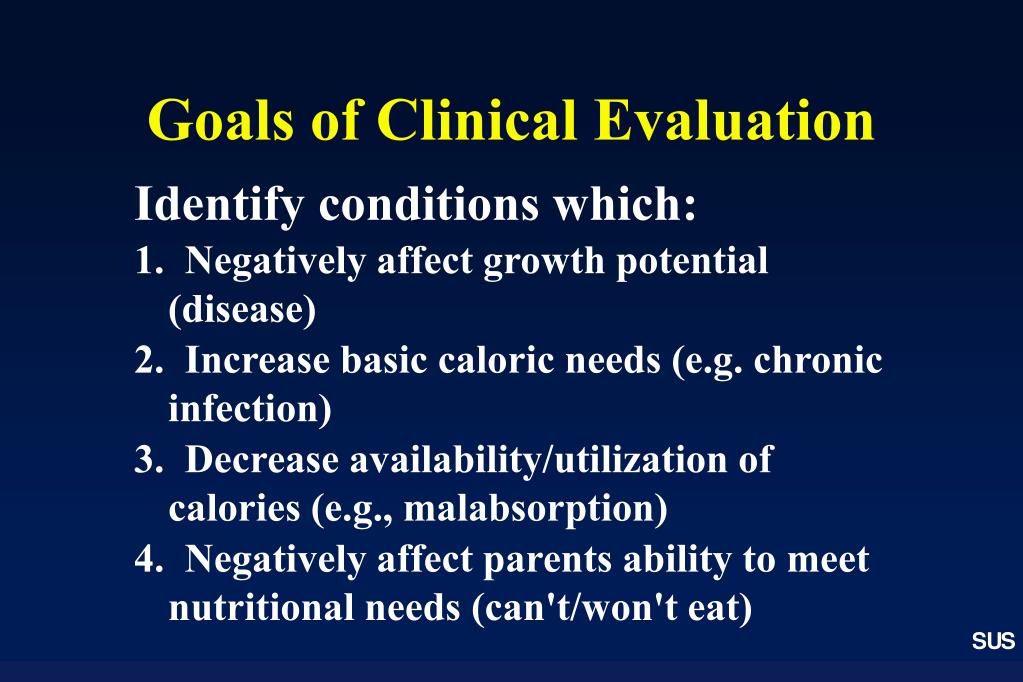

Snoring, periodic breathing during sleep, noisy breathingĬhronic aspiration, CF, food allergy, GERD Parasites (esp giardia), TB, poor sanitation

Travel, homeless, shelter, large daycare center Malabsorption (CF, celiac disease, lactase deficiency)ĭ-xylose test, stool fat, antigliadin titer or biopsy, sweat test Spitting, emesis immediately after feeding Weight gain and appetite normally decrease after the first year- parents often become intrusive causing constant battles, food wars.Īcquired illness, significant stress (birth of sibling) can precipitate weight loss at this age.ĭifferential Diagnosis by Associated History: usually suggests an autonomy struggle- educate and counsel.įood intolerance to recently introduced solid foods occasionally occurs. If the child has been recently weaned from the breast, milk protein intolerance or improper formula preparation are possibilities.Ĭeliac disease, HIV, CF, GER, congenital heart disease, oral-motor dysfunction. Onset around 4 m/o suggests underfeeding- help family with support services. Impediments to feedings- cleft lip/palate Reflects incorrect formula preparation, failed breastfeeding, inadequate number of feedings. In the postnatal period, correct for prematurity: HC until 18m, weight until 24m, height until 40m. When microcephaly predates FTT, it suggests neurologic cause. Prenatal exposure to drugs such as cocaine, marijuana, and cigarettes associated with lower birth weight, but not significant impairment in postnatal weight or height. Search for teratogens, congenital viral infections, or genetic syndromes. Symmetric IUGR: HC and length also restricted.

Those tests may include lead, iron studies, electrolytes including BUN/Cr, infectious studies including a UA, PPD or HIV, and thyroxine and TSH.Īsymmetric IUGR: HC and length normal. The examining physician may choose to draw a number of lab tests if the diagnosis is not readily clear from the history and physical. Lymphadenopathy, splenomegaly, and ambiguous or prcocious genitalia may be a sign of an underlying endocrine disorder or malignancy. Central cyanosis may be an indicator of congenital heart disease, which may present initially as failure to thrive.Ī thorough examination of the nose, mouth and palate can help idenify structural defects which may lead to difficult feeding, such as a cleft lip or palate.
#Failure to thrive meaning infants skin#
Scaling skin can indicate zinc deficiency, rough skin or brittle hair can suggest hypothyroidism, edema can indicate severe protein malnutrition. A thorough exam of the skin, hair and nails can help with the differential. All growth parameters should be plotted on a gestationally corrected growth chart. The physical exam is very important with these patients. Some studies site a rate of Failure to Thrive among the impoverished of as high as 10%. Inadequate access to food, parental depression or drug abuse, and serious parental discord can all affect the frequency of feedings. Common problems include overdilution of formula or inappropriate soft food consistency, excessive intake of water, infrequent feedings, lack of set feeding times, distractions at mealtime and regurgitation of food.Ī thorough psychosocial history can be very revealing as well. Included in this should be where, when, how and by whom the child is fed. The physician and the parents should work together to produce an accurate account of all meals, snacks, and drinks. The most common etiologies of Failure to Thrive lie in the dietary history and relate to inadequate nutritional intake. Important historical points which aid in diagnosis include a detailed dietary history, a detailed birth history including maternal infections and gestational age, and the age of onset of the failure to thrive if it is known. The most important initial step in the evaluation of Failure to Thrive includes a thorough history and physical examination. Thus, the etiology may be related to total parenteral intake, to the uptake and/or metabolism of that intake, or to structural abnormalities. One way to approach the evaluation of failure to thrive is to consider that the underlying issue is typically a variant of the same basis principle: inadequate usable nutrition. Typically, weight is affected before length, with head circumference being the last measurement affected. There is no concensus for the parameters of diagnosis, but common metrics for diagnosis include weight below the 2nd percentile on more than one occasion, or weight dropping more than 2 percentile groups. Failure to thrive is a clinical diagnosis which is often an indicator of difficulty with feeding but may also be sign of another underlying pathologic issue. It is characterized by inadequate weight gain when correcting for the child's gestational age, gender, and any relevant medical condition.


 0 kommentar(er)
0 kommentar(er)
